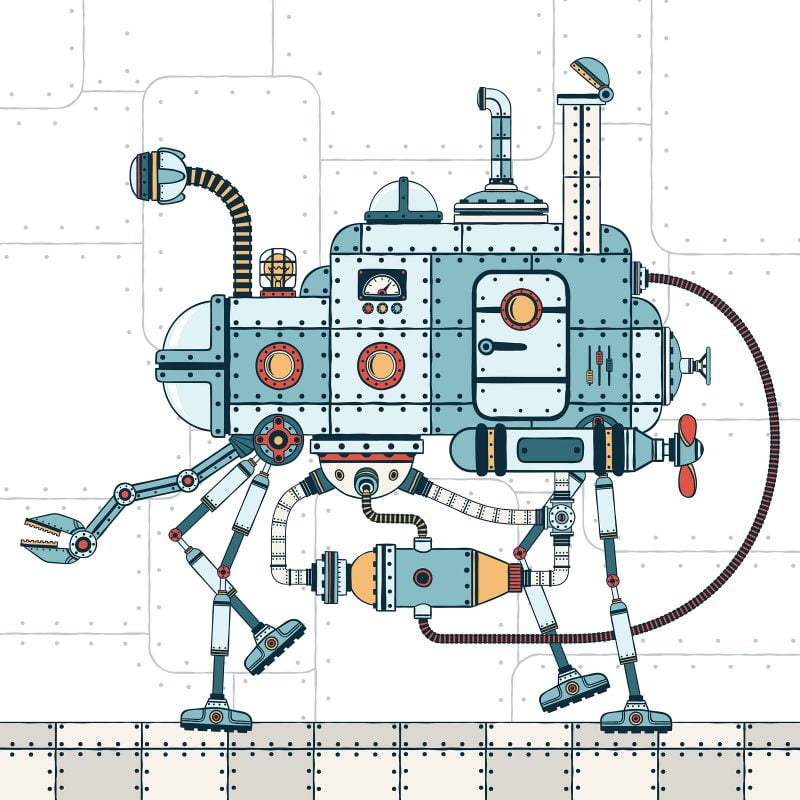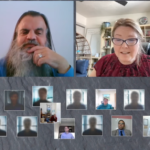
Last week I was asked to do four interviews! One of them was with Dale Dougherty, the publisher of Make Magazine. Here’s the link to the post over at Maker Faire Daily.
I’m excerpting the questions here to make them easier for me to find later:
You are a learning futurist and you’re also a math teacher at a community college. How do these different perspectives give you a fresh understanding of what’s important in education?
As a learning futurist I scan the technology, international, and business horizon to look for changes that will be affecting learning – that means looking at the future of careers, work-life, and technology-assisted learning. Rather than make predictions (best left to the work of psychics), I try to create positive visions for learning paths we could achieve… if the right steps are taken along the way. I believe that good common visions lead us to great accomplishments. One of the most famous examples of this is the 1961 speech by J.F.K. visioning us landing an American on the moon – a task accomplished 8 years later, fueled by a common vision of a positive future. So many of our forecasts for the future of education are gloomy, so I try to provide alternative paths – ways we could take another route if we just choose to do so (see Where’s the Learn This Button).
The fact that I am still an educator within the formal higher education system provides grounding to my ideas. Mathematics is a subject that builds on itself with every course that is taken, so if math is learned poorly one semester, this problem is magnified in the next semester. Mathematics is also the first subject to really be tackled by companies developing technology-based tutoring/learning systems because it is easilyprogrammable (math-based subjects like physics, economics, and chemistry are close behind). Online homework systems, “smart” computer tutoring systems, and open learning platforms are all proliferating in mathematics first. From my vantage point as a math instructor, I can see how learners interact with these systems and develop a realistic understanding of the role of such technologies in the future of learning.
Making is a form of learning, an active demonstration of what we know and what we can do. What potential do you see for making in education?
Making is definitely a great way to assess learning, and you can see examples of making in education now (though you might not recognize it as “making” from your perspective). When you write a paper or put together a presentation as part of a class, youare”making” – demonstrating what you know and what you can do. Unfortunately, most of these types of activities are seen by our learners as tasks of drudgery instead of opportunities to polish their learning and demonstrate their skills. There are some “maker faire” type activities in education, but they are more the exception rather than the rule: Science Fairs, engineering competitions to build the best cement canoe or a solar-powered car, the “Egg Drop” or bridge-building competitions in science classes, putting together a class yearbook, use of lego robots to understand computer programming.
In order to see more of these types of maker activities in education, I think we would need to take back 20% of classroom time (either by increasing the time spent in school or cutting the curriculum). Project-based activities (take a look at the Learning in Depthprogram) require freedom to explore ideas and learn skills that are not scheduled into a lesson plans.We need to find a way to create the “Google 20%” time for students at all levels of our education system, but I don’t optimistically see a way to do this inside educationandfocus on high-stakes testing too. We need a nationwide shift back to valuing learning (not education) as one of our fundamental core values, and I’ll talk more about how I think we can do this at Maker Faire on Saturday.



